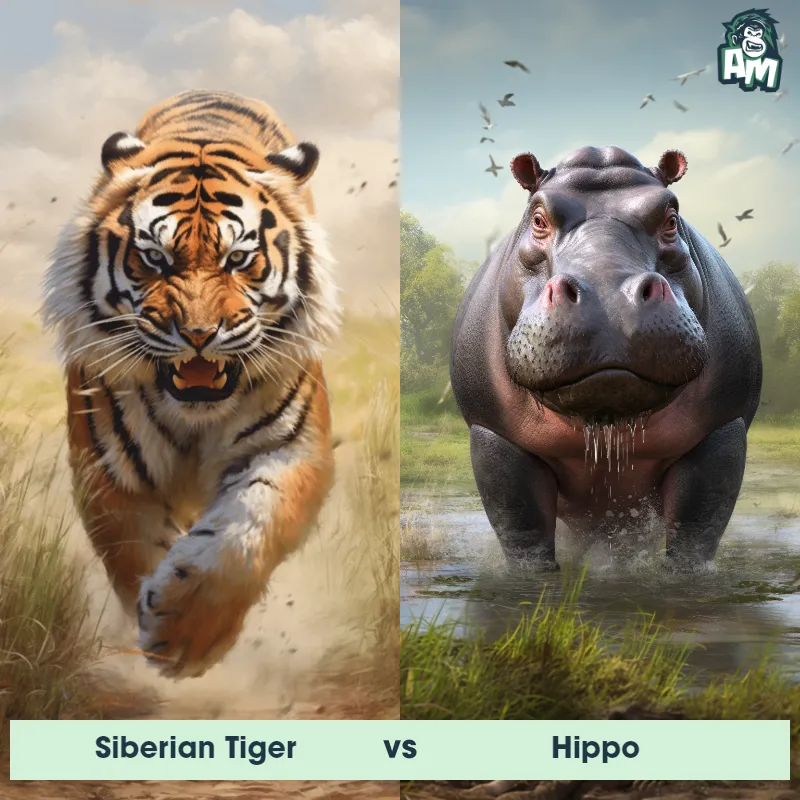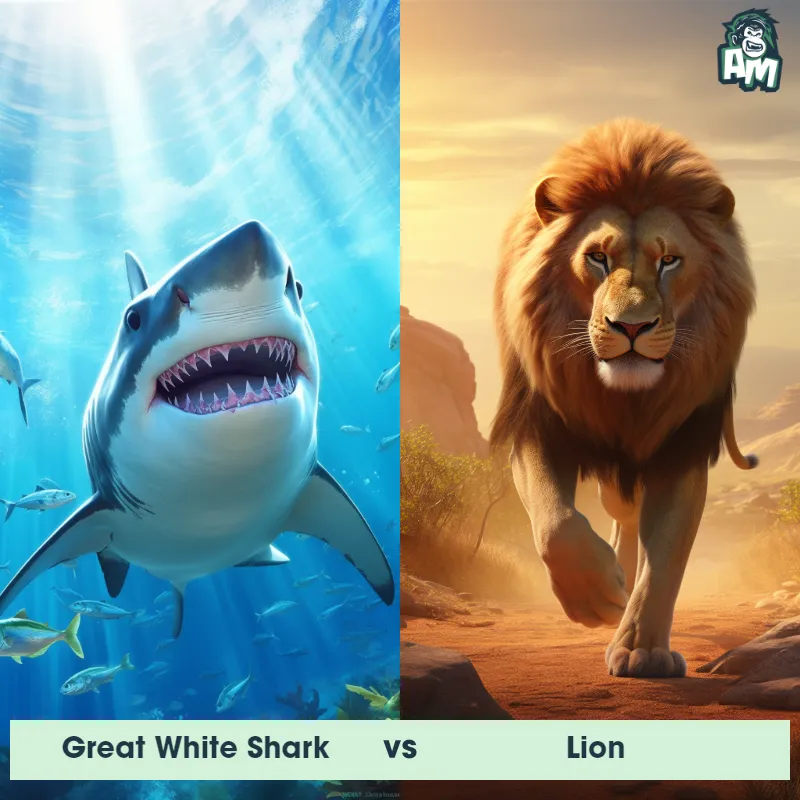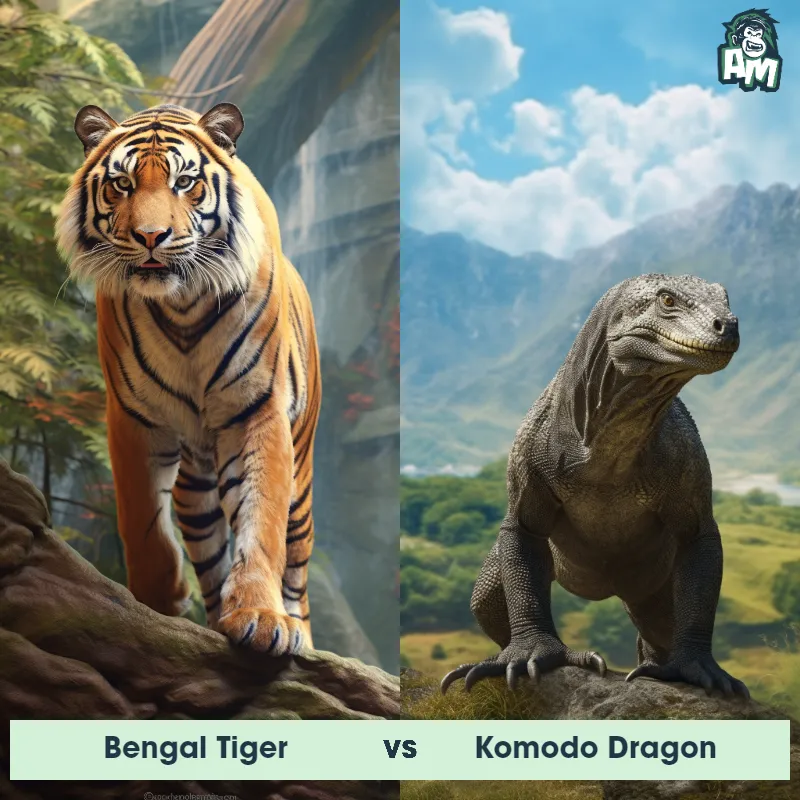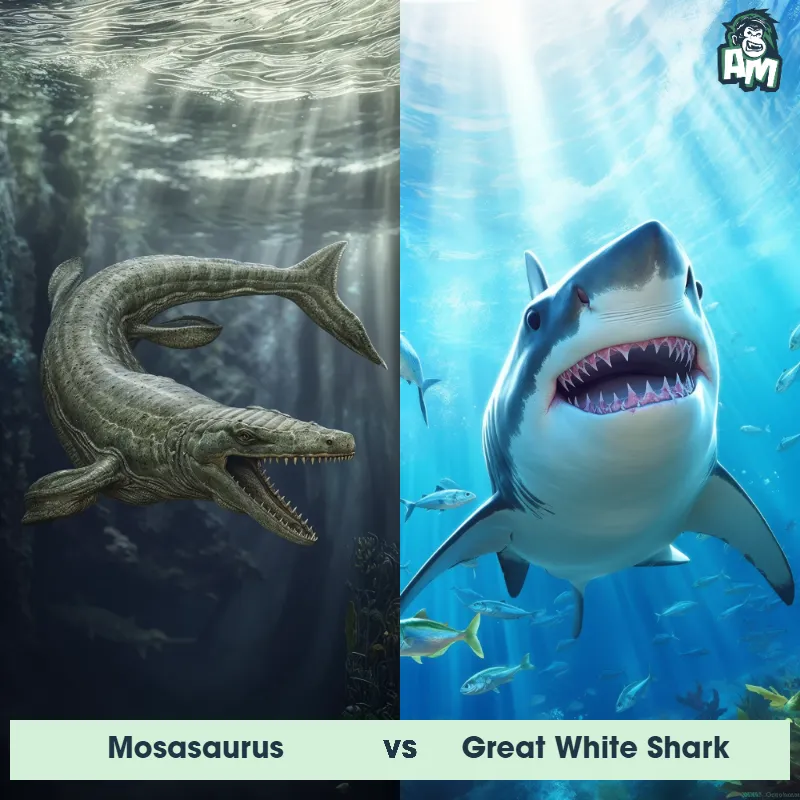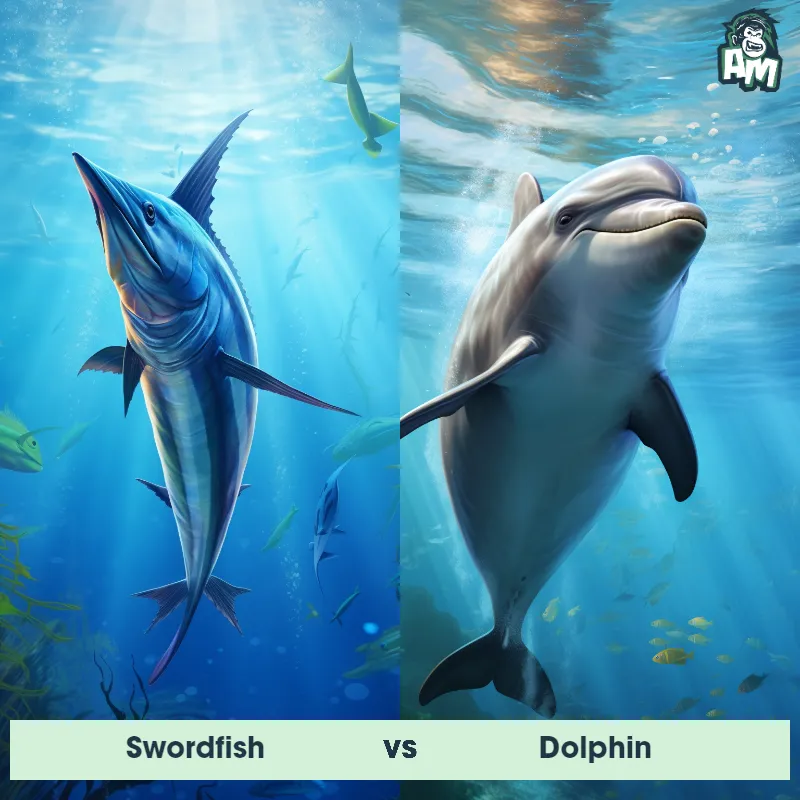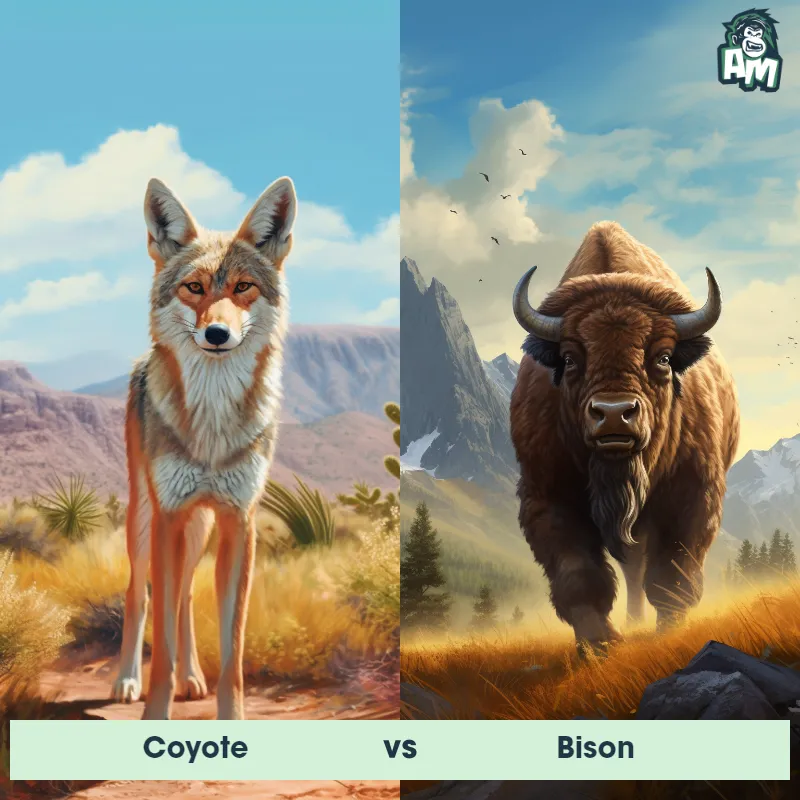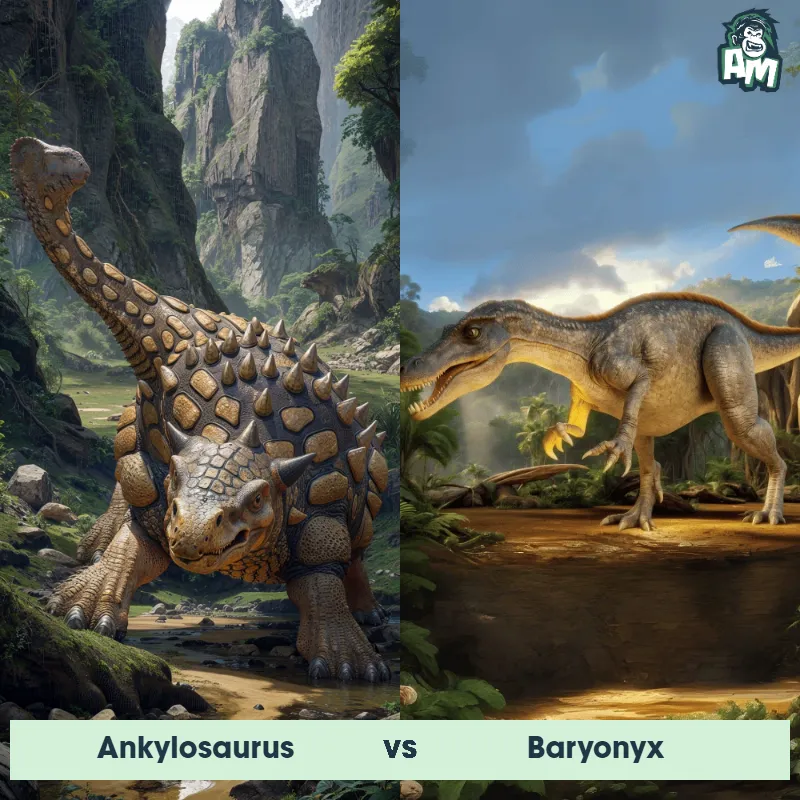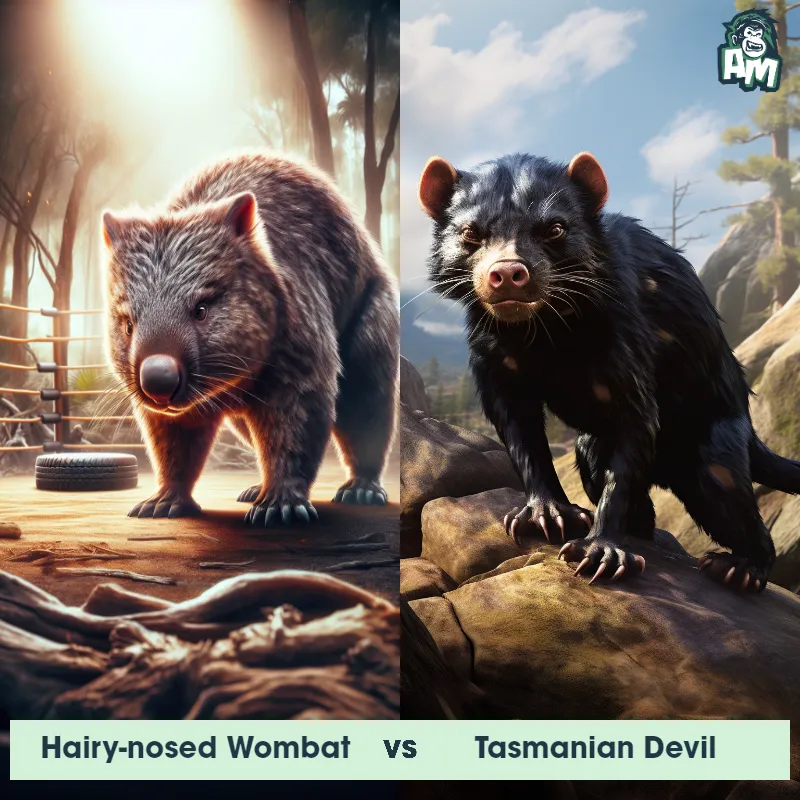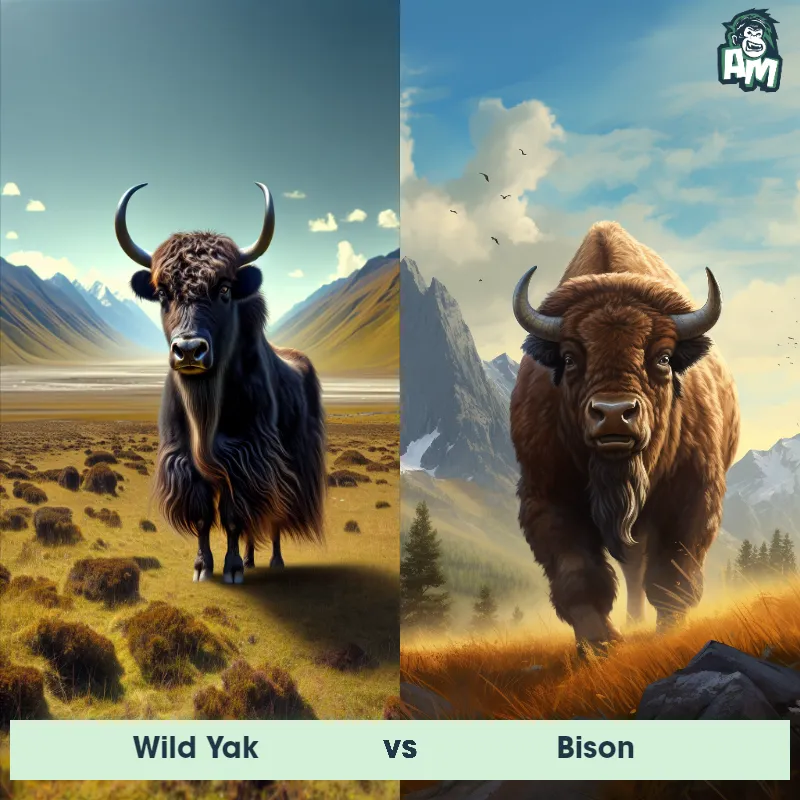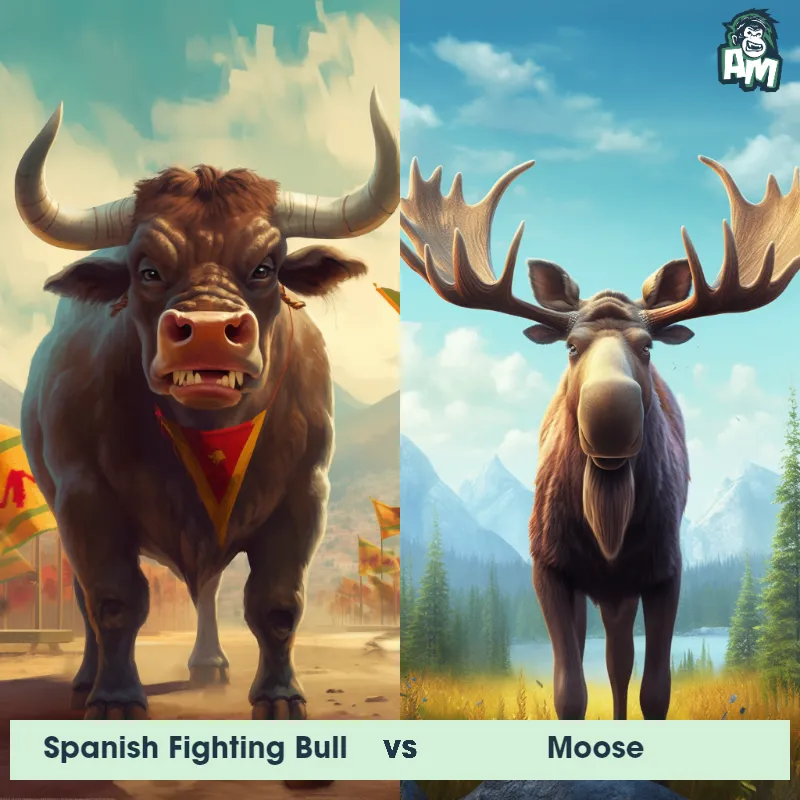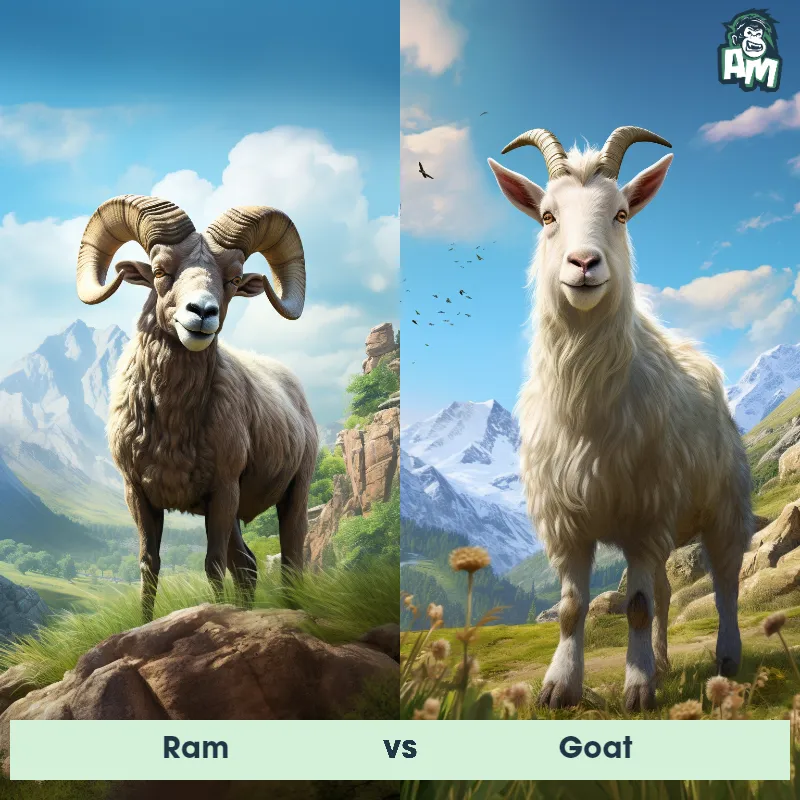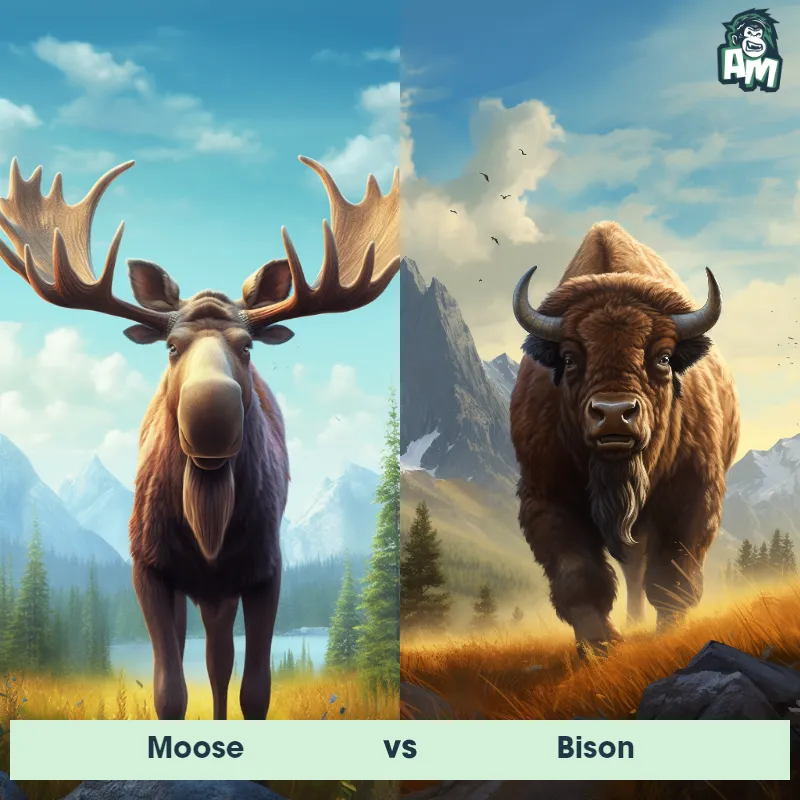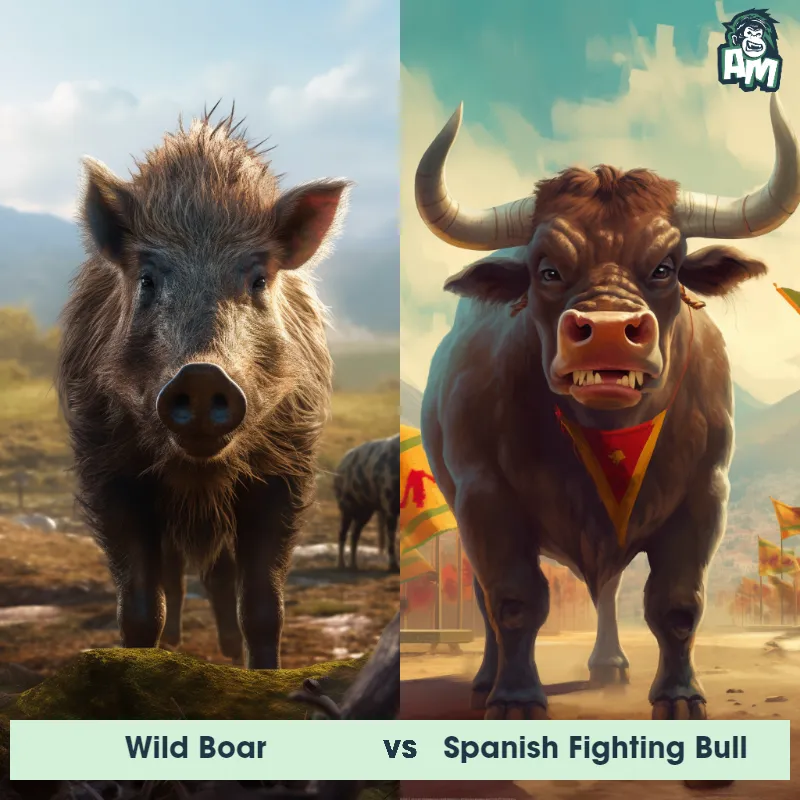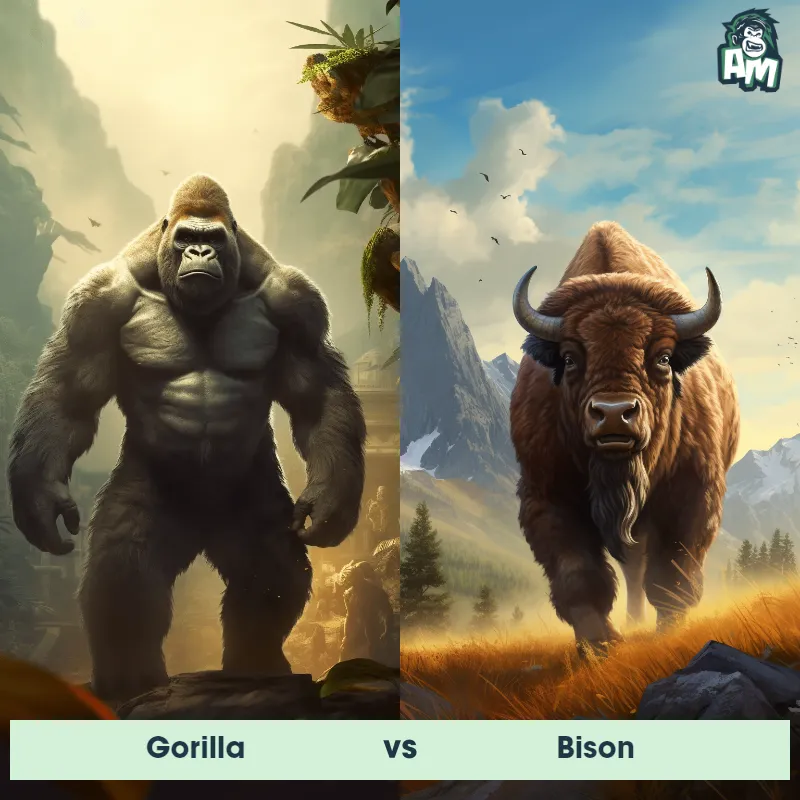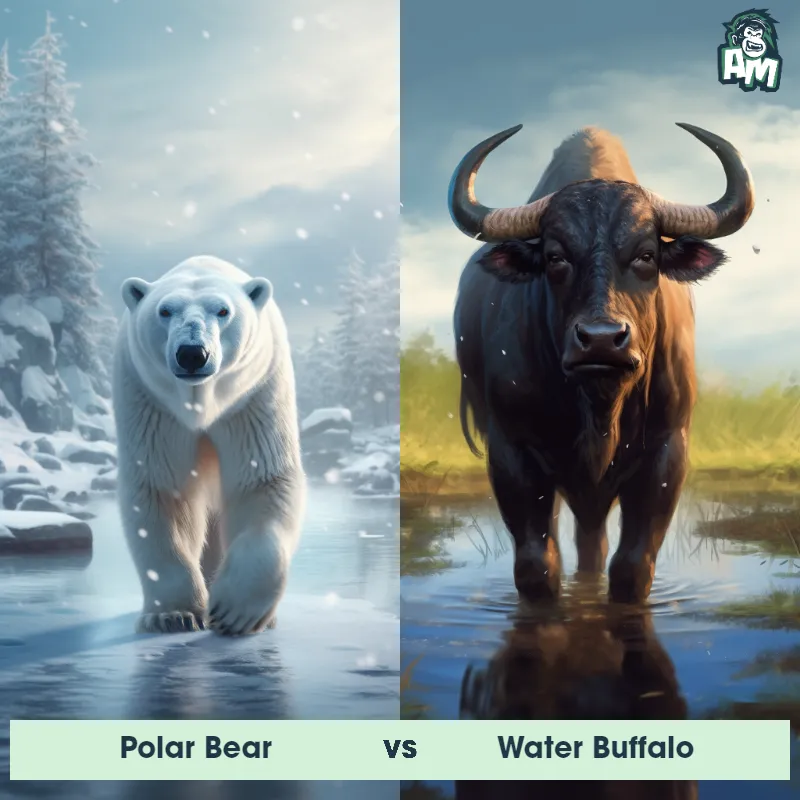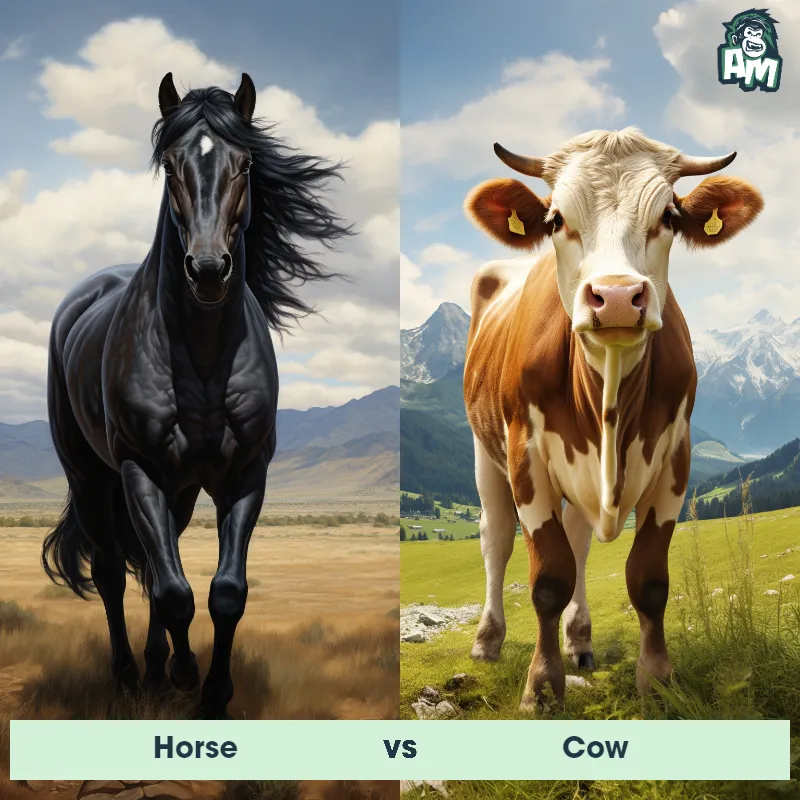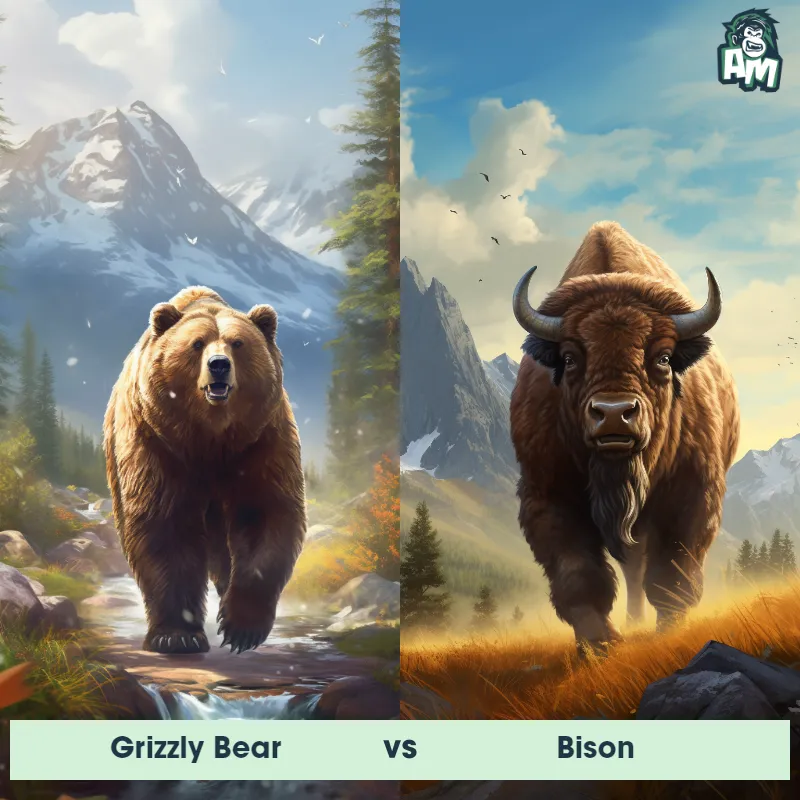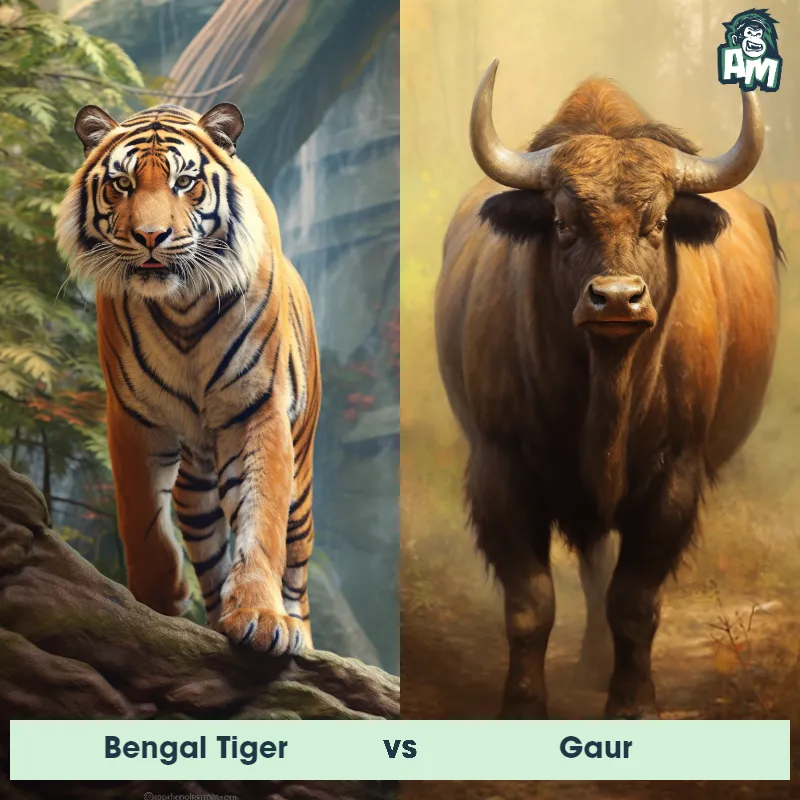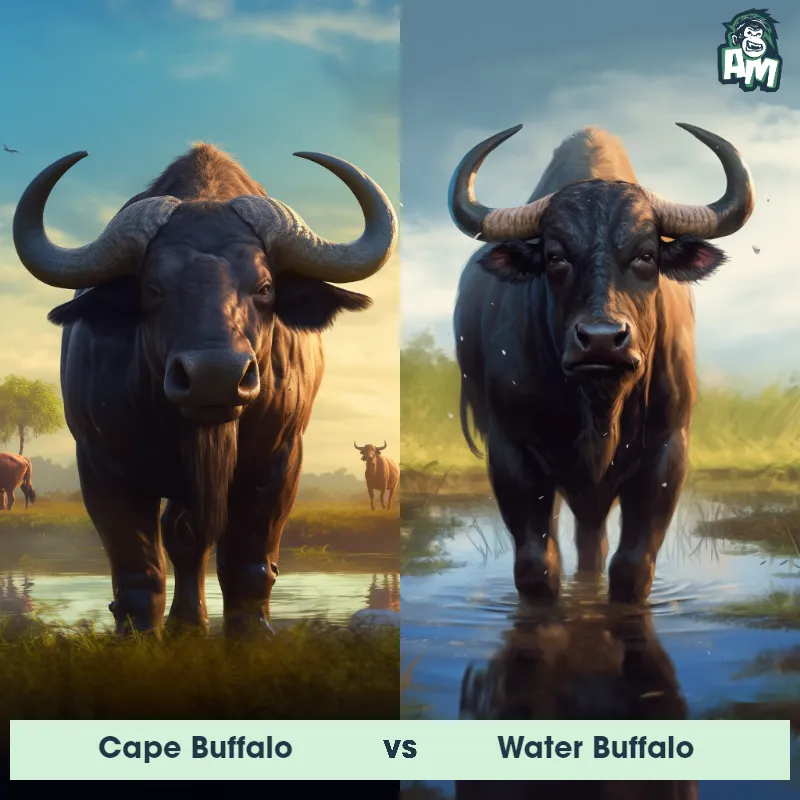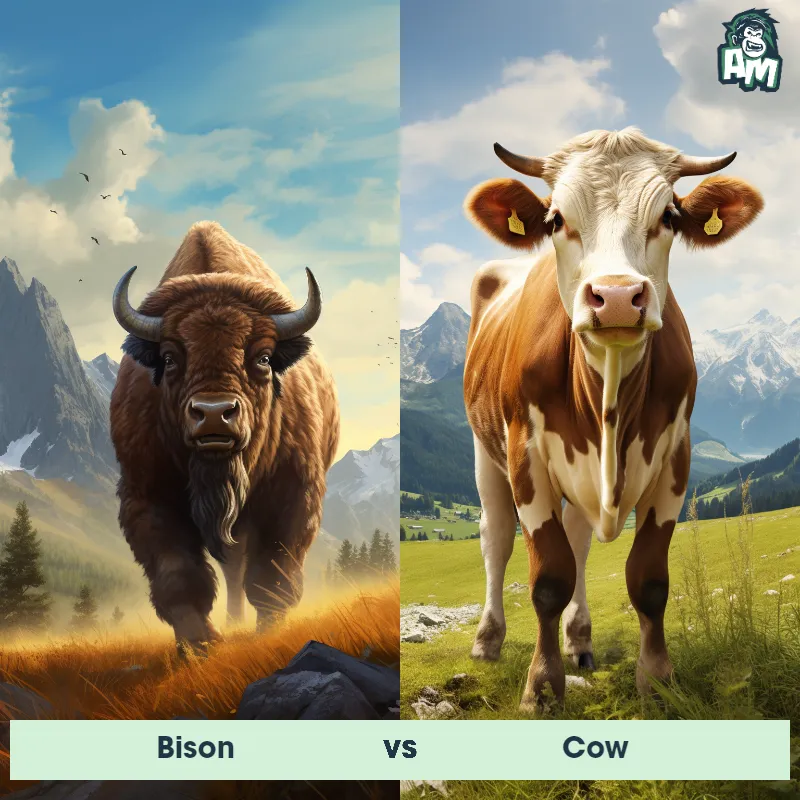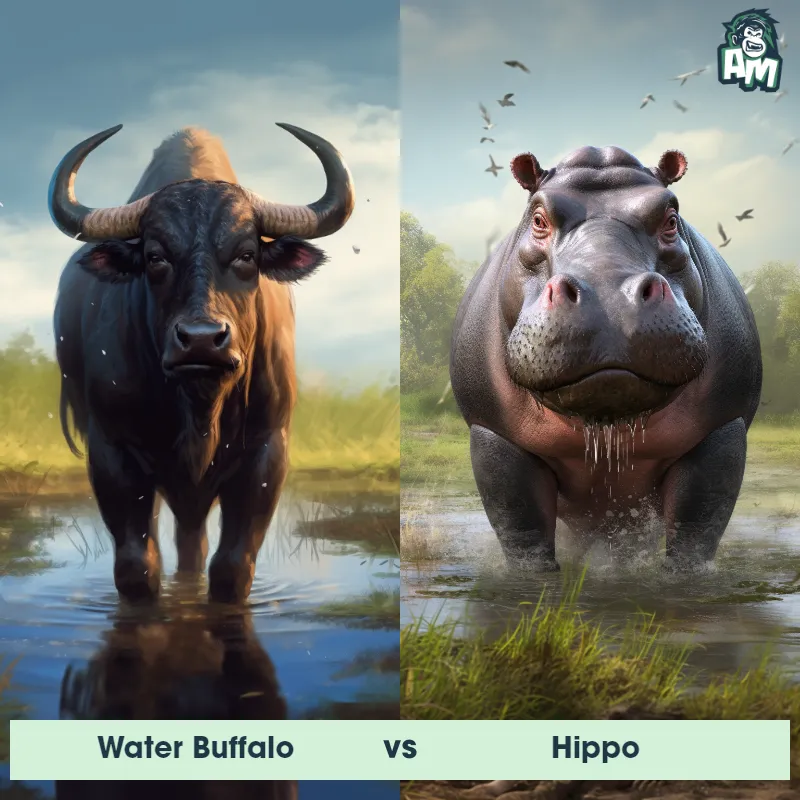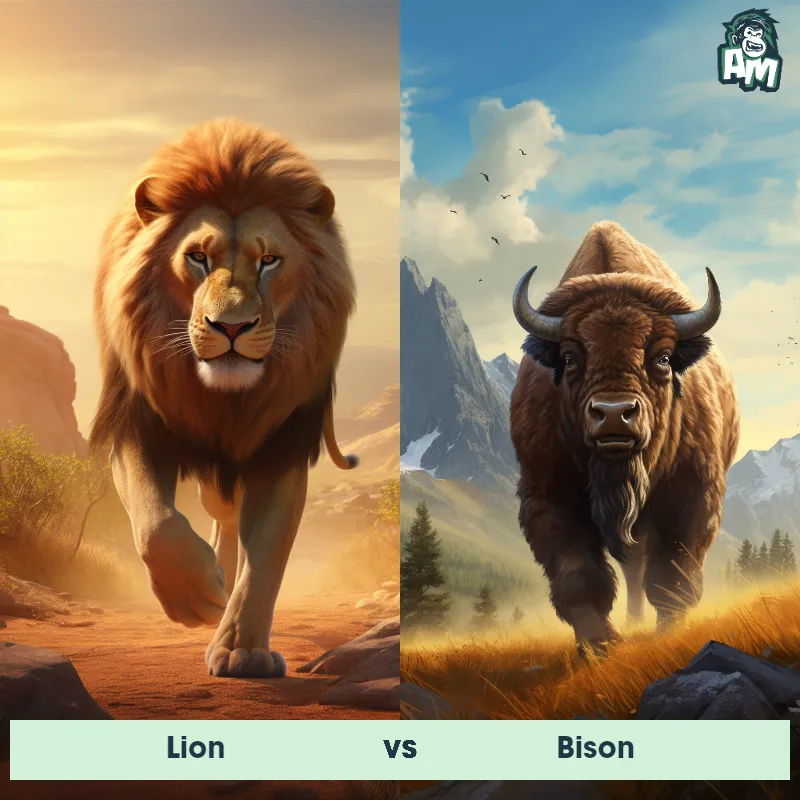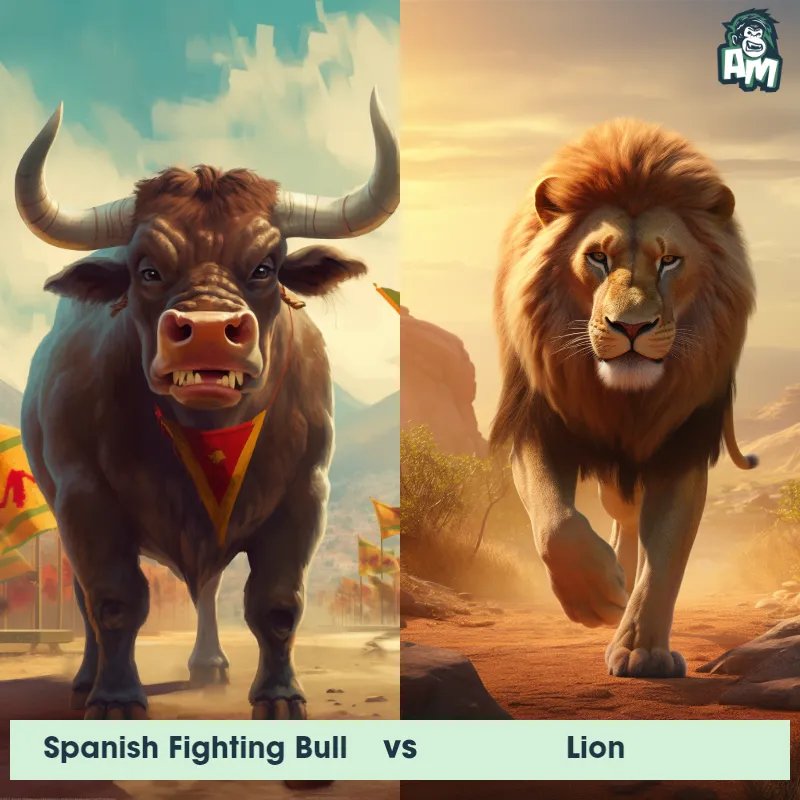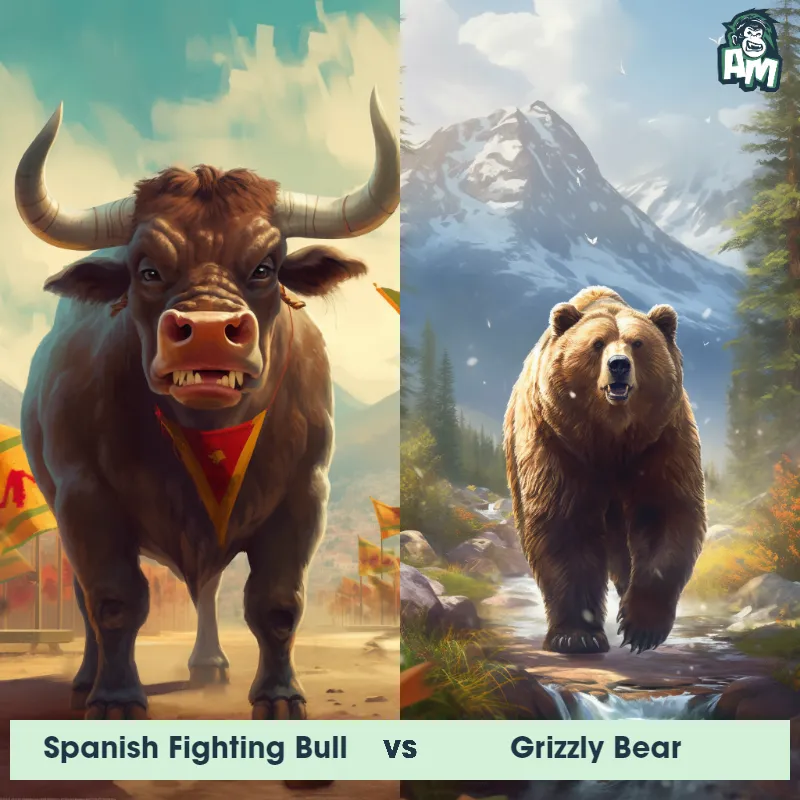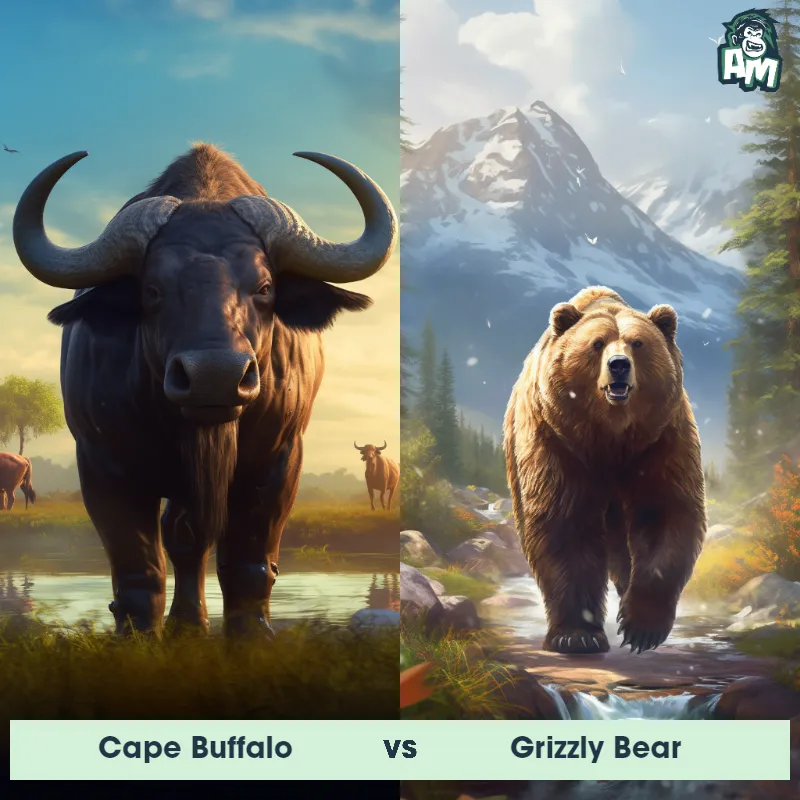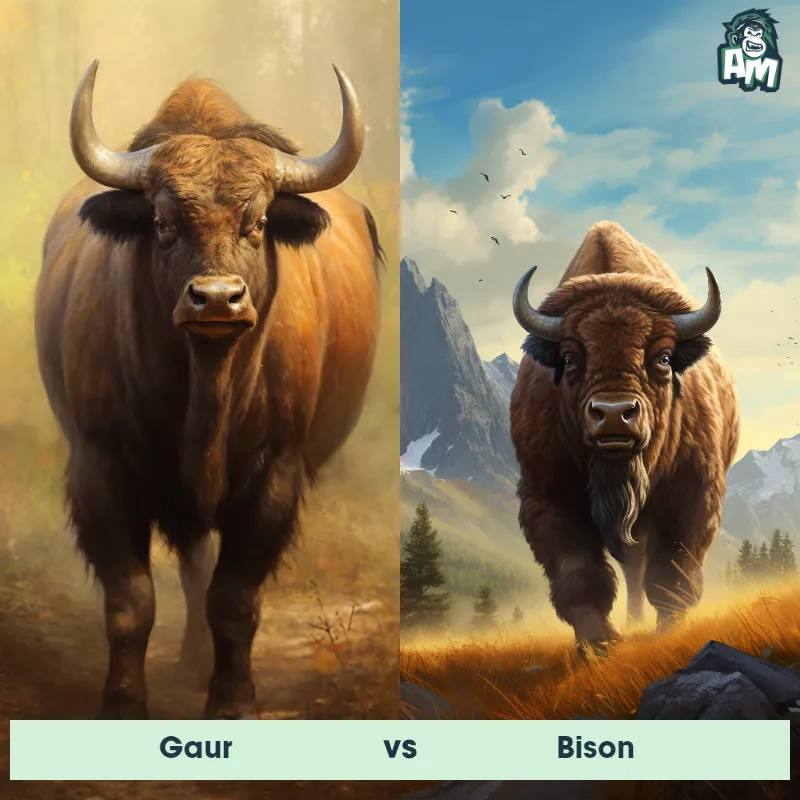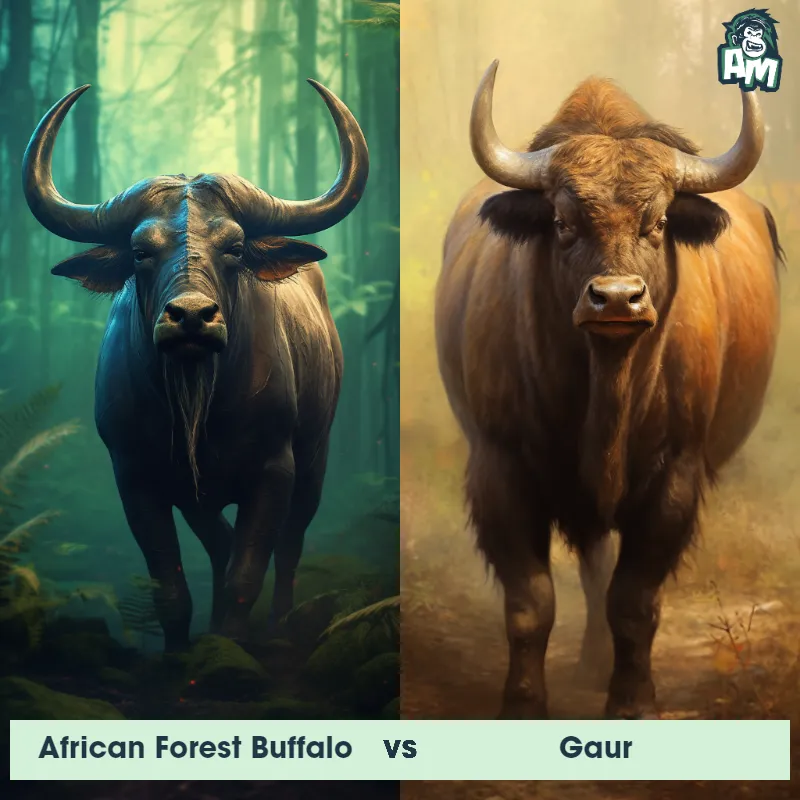Wild Water Buffalo vs Cape BuffaloSee Who Wins
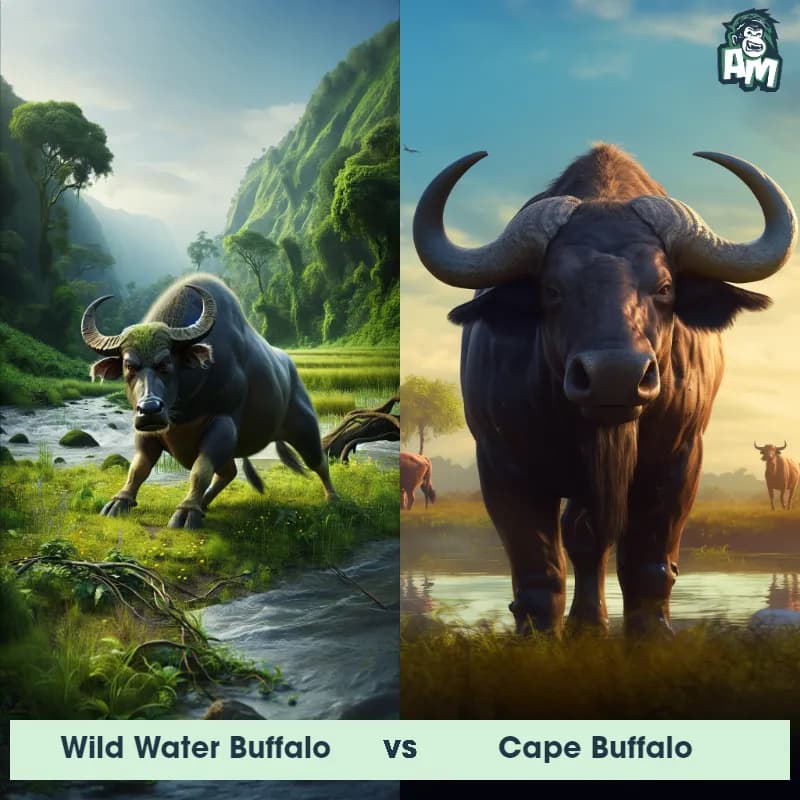
Welcome to the showdown between the Wild Water Buffalo and the Cape Buffalo! Two massive and powerful beasts going head to head in an epic battle of strength and agility. Let's see who will come out on top in this intense matchup.
Contender 1: Wild Water Buffalo
The Wild Water Buffalo, also known as Bubalus arnee, is a large bovine species native to the Indian subcontinent and Southeast Asia. These majestic creatures can grow up to 3 meters in length and stand up to 1.9 meters tall at the shoulder. Known for their impressive size and muscular build, Wild Water Buffalos have a dark brown or black coat that is thick and coarse, providing protection against the elements. They possess crescent-shaped horns that can reach up to 2 meters in length, which distinguishes them from other buffalo species. These herbivores inhabit wetlands, marshes, and grasslands in herds led by a dominant male.
Fun Fact: Did you know that the Wild Water Buffalo is considered the largest living bovine species?
Contender 2: Cape Buffalo
The Cape Buffalo, also known as the African Buffalo, is a large and powerful bovine species found in sub-Saharan Africa. They have a stocky build, with a broad chest and powerful legs, and can weigh up to 1,000 kg. Their coat is dark brown or black, and they have large, curved horns that can span up to 1.5 meters. Cape Buffalos are known for their aggressive behavior and are considered one of the most dangerous animals in Africa.
Fun Fact: Cape Buffalos have a reputation for being one of the "Big Five" game animals, along with lions, leopards, elephants, and rhinoceroses.
Matchup Stats
| Wild Water Buffalo | Cape Buffalo | |
|---|---|---|
| Size | Up to 1.9 meters (6.2 feet) tall at the shoulder; up to 3 meters (9.8 feet) in length | Height at shoulder: 1.0-1.7 meters (3.3-5.6 feet); Length: 1.7-3.4 meters (5.6-11.2 feet) |
| Weight | Up to 1,200 kilograms (2,600 pounds) | 500-1,000 kg (1,100-2,200 lbs) |
| Speed | 30mph (48km/h) | Speed: 35 mph (56 km/hr) |
| Key Strength | Size and muscular build | Powerful charge and sharp horns |
| Biggest Weakness | None specified | Poor eyesight and slow movement |
Current Votes
Wild Water Buffalo vs Cape Buffalo
See Who Wins
View More Matches
Looking For More?
Similar Matches
Scientific Stats
| Wild Water Buffalo | Cape Buffalo | |
|---|---|---|
| Scientific Name | Bubalus arnee | Syncerus caffer |
| Family | Bovidae | Bovidae |
| Habitat | Wetlands, marshes, grasslands | Grasslands, savannas, and forests |
| Geography | Indian subcontinent, Southeast Asia | Sub-Saharan Africa |
| Diet | Herbivorous | Herbivorous, feeding on grasses, leaves, and other vegetation |
| Lifespan | 10 years - 25 years | 15 years - 25 years |
Key Differences between Wild Water Buffalo and Cape Buffalo
- Ears: The Wild Water Buffalo has larger, more elongated ears compared to the smaller, rounded ears of the Cape Buffalo.
- Color: The Wild Water Buffalo has a darker brown or black coat, while the Cape Buffalo has a lighter brown or reddish coat with dark patches near the base of the ears and eyes.
- Habitat: Wild Water Buffaloes are primarily found in freshwater habitats such as swamps and marshes, while Cape Buffaloes prefer savannas and grasslands.
- Size: The Wild Water Buffalo is typically larger and heavier than the Cape Buffalo.
- Horns: The Wild Water Buffalo has longer and straighter horns that form a continuous curve, while the Cape Buffalo's horns are shorter and form a distinctive "boss" or helmet shape.
- Behavior: Wild Water Buffaloes are known to be more aquatic and are excellent swimmers, while Cape Buffaloes are more terrestrial and are often found grazing in open grassy areas.



